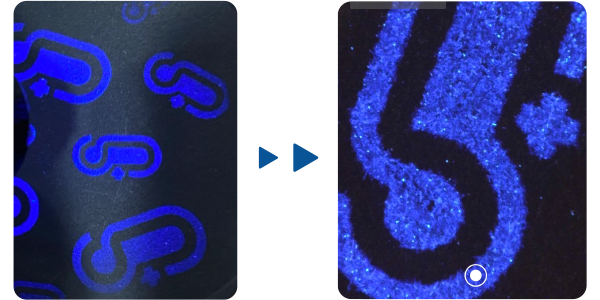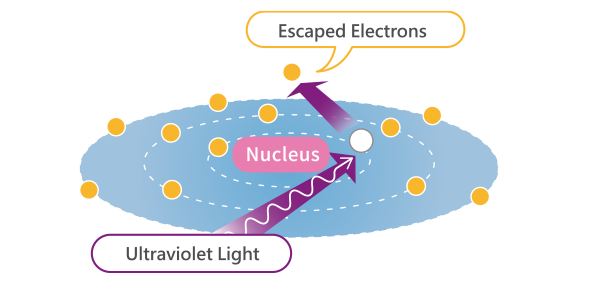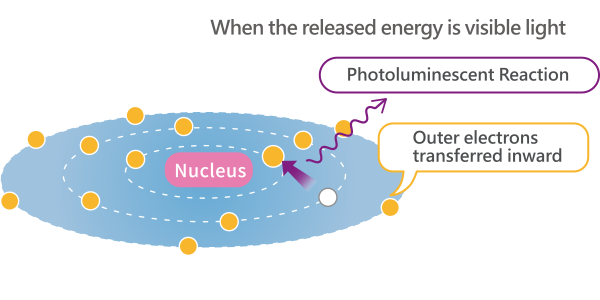Ultraviolet light (UV), or UV light, is a powerful type of light with a shorter wavelength than violet light of visible light. When artifacts are exposed to UV light, some materials emit fluorescence, showing different colors and strengths. This helps us check how clean and well-preserved the artifacts are, and whether there are any signs of repairs or changes. If something glows when UV light shines on it, the glow will be called "ultraviolet fluorescence," and this process is called "photoluminescence."
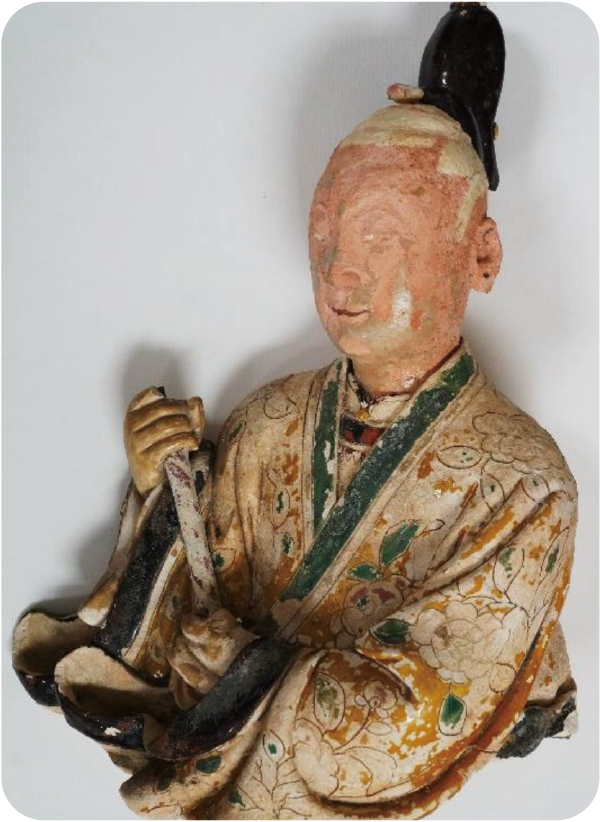
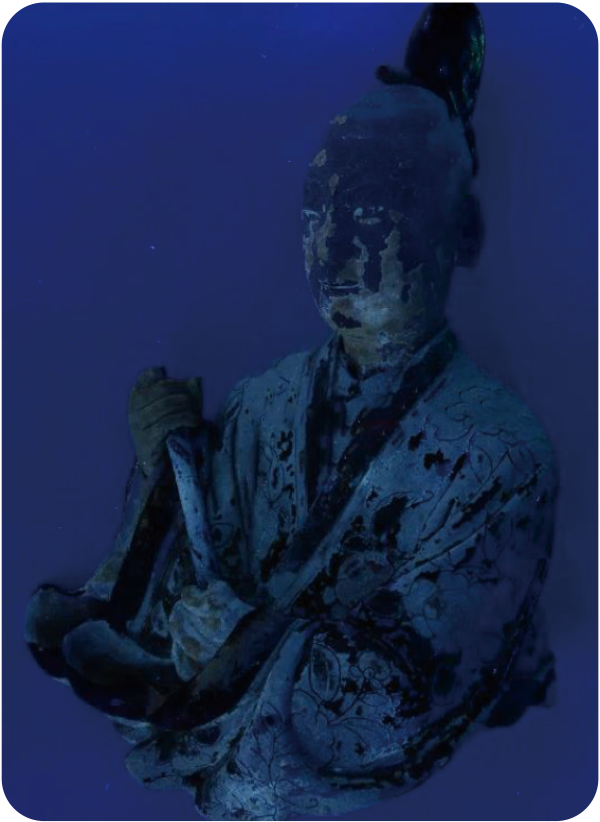
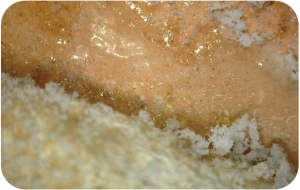
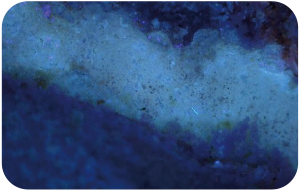
X-rays and ultraviolet (UV) rays are powerful forms of energy. Long exposure to them can be harmful to our bodies. To stay safe during scientific tests, besides limiting exposure time, intensity, and distance, protective measures must also be taken.
When operating X-ray inspections, we often wear lead protective clothing because lead can shield radiation and is relatively inexpensive. For protection against ultraviolet rays, you can choose to wear UV-resistant clothing or goggles that can filter out ultraviolet rays.
The following items produce fluorescence
reactions under ultraviolet light
-
Mineral
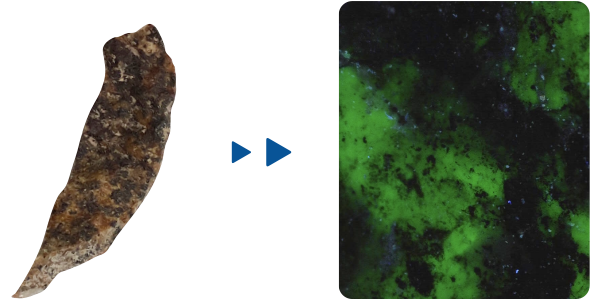
-
Scorpion
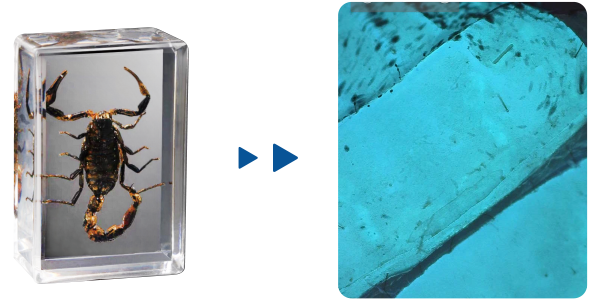
-
Banknote
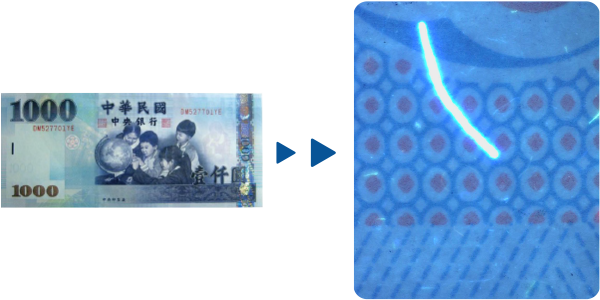
-
NTSEC Logo
